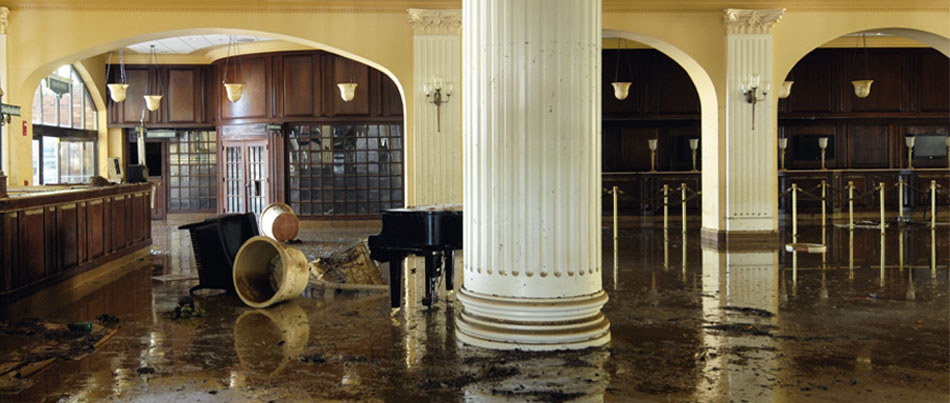Do's as well as Don'ts During Water Damages Emergency Situations.
Do's as well as Don'ts During Water Damages Emergency Situations.
Blog Article
We've uncovered the article involving Preventing Fires and Water Damage In Your Home listed below on the web and think it made perfect sense to share it with you on this page.

Water offers life, water breach on components where it's not intended to be can result in damages. Houses with water damages odor stuffy as well as old.
Water can originate from many resources such as tropical storms, floodings, burst pipes, leakages, as well as sewer issues. In case you experience water damages, it would certainly be good to understand some security precautions. Below are a couple of guidelines on how to handle water damages.
Do Prioritize Home Insurance Policy Coverage
Water damage from flood dues to heavy winds is seasonal. You can likewise experience a sudden flood when a defective pipeline instantly breaks right into your home. It would be best to have house insurance coverage that covers both disasters such as all-natural disasters, and also emergency situations like broken plumbing.
Don't Neglect to Switch Off Energies
In case of a calamity, specifically if you live in a flood-prone location, it would be recommended to shut off the major electric circuit. This removes power to your whole residence, stopping electrical shocks when water can be found in as it is a conductor. Moreover, don't fail to remember to turn off the main water line shutoff. When floodwaters are high, furniture will certainly walk around as well as trigger damages. Having the major valve shut down prevents more damage.
Do Remain Proactive as well as Heed Climate Notifies
Tornado floods can be extremely unforeseeable. If there is a background of flooding in your community, stay ready as well as positive. If you live near a lake, creek, or river , listen to discharge cautions. Secure belongings from the first stage as well as cellar, after that put them on the highest possible level. Doing so decreases possible home damages.
Don't Neglect the Roofing System
You can avoid rainfall damage if there are no holes as well as leaks in your roofing. This will certainly avoid water from moving down your wall surfaces and also saturating your ceiling.
Do Focus On Little Leakages
A burst pipe doesn't occur overnight. Usually, there are warnings that suggest you have compromised pipelines in your house. As an example, you may see gurgling paint, peeling off wallpaper, water streaks, water discolorations, or dripping audios behind the wall surfaces. Ultimately, this pipe will certainly burst. Preferably, you must not wait on points to rise. Have your plumbing repaired before it leads to enormous damages.
Don't Panic in Case of a Ruptured Pipe
When it comes to water damages, timing is crucial. Therefore, if a pipeline bursts in your home, quickly closed off your major water valve to cut off the source. Call a trustworthy water damage repair expert for support.
Water gives life, water invasion on components where it's not expected to be can result in damage. Houses with water damages odor stuffy as well as old.
Water damage from flooding charges to hefty winds is seasonal. You might observe bubbling paint, peeling off wallpaper, water touches, water spots, or leaking audios behind the wall surfaces. When it comes to water damages, timing is key.
Some Do's & Don't When Dealing with a Water Damage
DO:
Make sure the water source has been eliminated. Contact a plumber if needed. Turn off circuit breakers supplying electricity to wet areas and unplug any electronics that are on wet carpet or surfaces Remove small furniture items Remove as much excess water as possible by mopping or blotting; Use WHITE towels to blot wet carpeting Wipe water from wooden furniture after removing anything on it Remove and prop up wet upholstery cushions for even drying (check for any bleeding) Pin up curtains or furniture skirts if needed Place aluminum foil, saucers or wood blocks between furniture legs and wet carpet Turn on air conditioning for maximum drying in winter and open windows in the summer Open any drawers and cabinets affected for complete drying but do not force them open Remove any valuable art objects or paintings to a safe, dry place Open any suitcases or luggage that may have been affected to dry, preferably in sunlight Hang any fur or leather goods to dry at room temperature Punch small holes in sagging ceilings to relieve trapped water (don't forget to place pans beneath!); however, if the ceiling is sagging extremely low, stay out of the room and we'll take care of it DO NOT:
Leave wet fabrics in place; dry them as soon as possible Leave books, magazines or any other colored items on wet carpets or floor Use your household vacuum to remove water Use TV's or other electronics/appliances while standing on wet carpets or floors; especially not on wet concrete floors Turn on ceiling fixtures if the ceiling is wet Turn your heat up, unless instructed otherwise

As a reader on Reducing Your Risk Of Water And Fire Damage At Home, I was thinking sharing that topic was worth the trouble. Don't hesitate to take a moment to distribute this entry if you enjoyed it. I value reading our article about Preventing Fires and Water Damage In Your Home.
Report this page